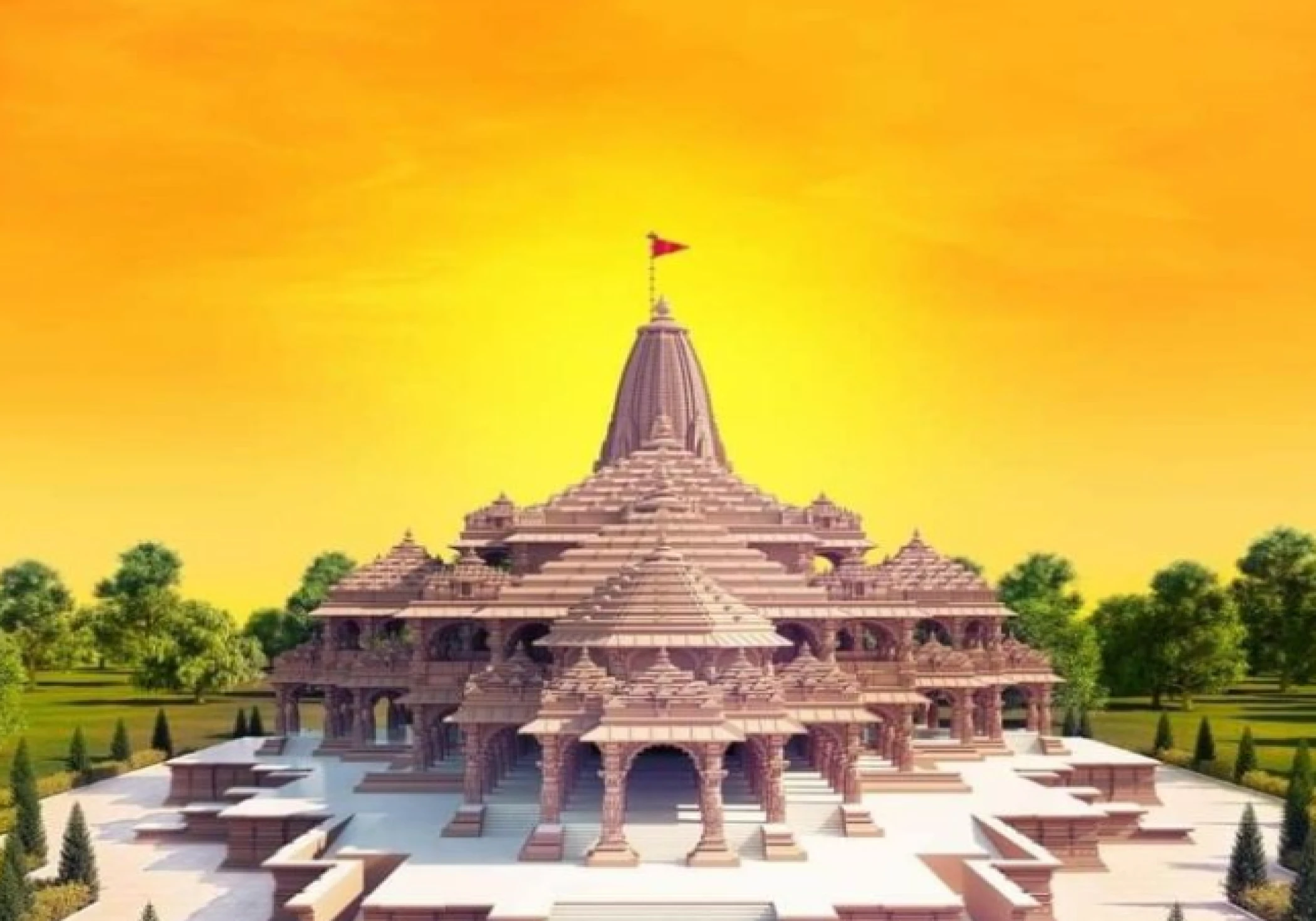
Ayodhya: There is widespread enthusiasm surrounding the Prana Pratishta ceremony at the Ram Mandir, creating a delightful atmosphere filled with anticipation. Saryu Coast is adorned with vibrant orange flags bearing the inscription "Sri Ram" and posters featuring Ram. The ceremony is poised to be of historical significance. There's a prevailing belief that the Ram temple is impervious to earthquakes and architect Chandrakant Sompura provides insight into this assurance. His meticulous design ensures that the Sri Rama temple in Ayodhya can withstand seismic activity for the next 2500 years.
Chandrakant Sompura explains that the temple follows the Nagar style, with an octagonal sanctum sanctorum representing the eight forms of Lord Vishnu. The architectural inspiration draws from the Nagara style prevalent in North and Central India. The construction material, Makrana stone, renowned for its age and rarity, has been meticulously utilized. This precious stone has been employed to craft a throne within the sanctum sanctorum, where Shri Ram is destined to be seated.
The sanctum sanctorum of the temple boasts an octagonal shape, measuring 20x20 feet, with a circular circumference, symbolically representing the eight forms of Lord Vishnu. Comprising a total of five pavilions, the temple, including its corridor, spans an impressive length and width of 600 meters. The dimensions of the Ram Mandir are noteworthy, standing 320 feet long, 250 feet wide, and reaching a height of 161 feet. Crowned with a single Kalash, the temple showcases remarkable imagery, featuring depictions of Lord Shiva, Mata Parvati, Ganapati, Lord Vishnu and Hanuman.
Staying true to the Nagar style, renowned for its grandeur, the Ram Mandir is a testament to architectural excellence. According to Chandrakant Sompura, the esteemed architect behind the design, this temple stands as the largest in India. Significantly, the idol of Rama is enshrined in the very place of his birth. The temple's imposing structure includes five ghums and a towering spire that reaches a height of 161 feet. A total of 360 pillars contribute to the temple's structural integrity, showcasing the meticulous craftsmanship and attention to detail that define this architectural marvel.
Incorporating recommendations from IIT Roorkee to ensure earthquake resistance for the next 2500 years, the temple has undergone specific structural enhancements. The three-storied temple strategically positions the sanctum sanctorum at the center, allowing sunlight to cascade onto the idol of Rama. This intentional design ensures that on Ram Navami, the auspicious occasion celebrating Lord Rama's birth, the sun's rays will beautifully illuminate the idol, creating a divine ambiance within the temple. The meticulous planning and engineering innovations underscore the commitment to both seismic resilience and the ceremonial significance of the temple's architectural elements.












